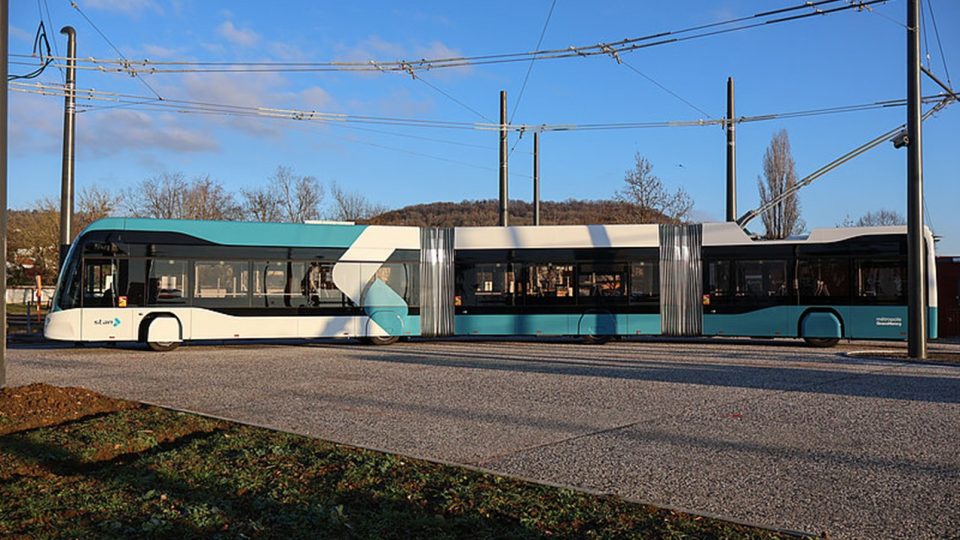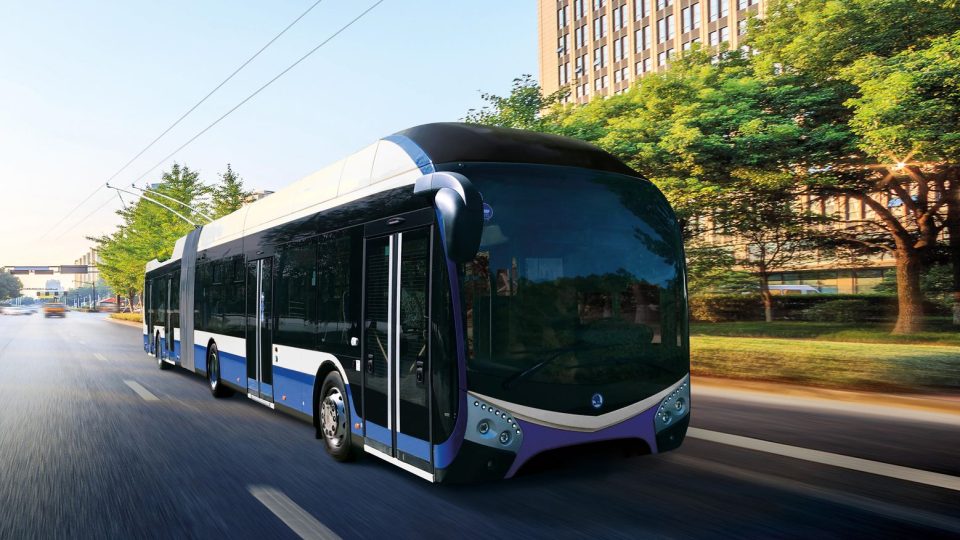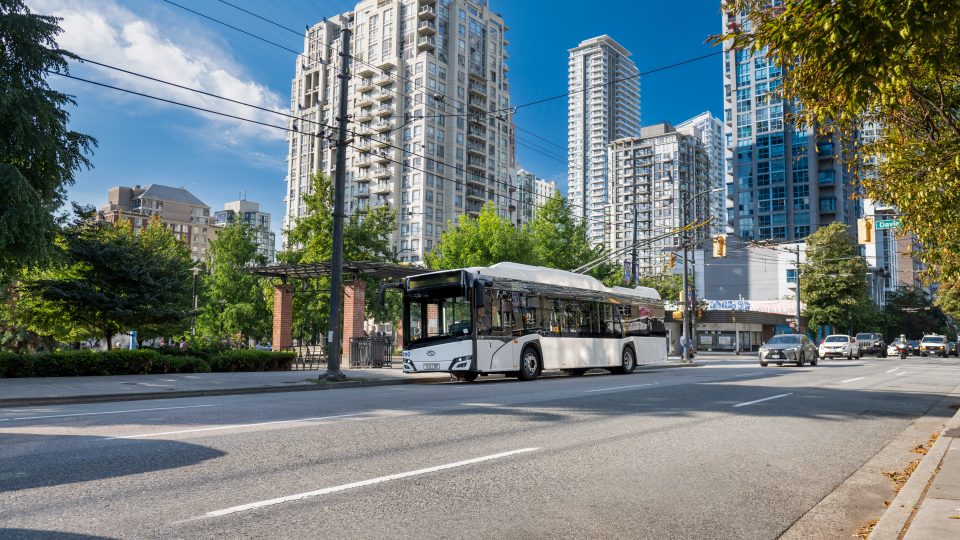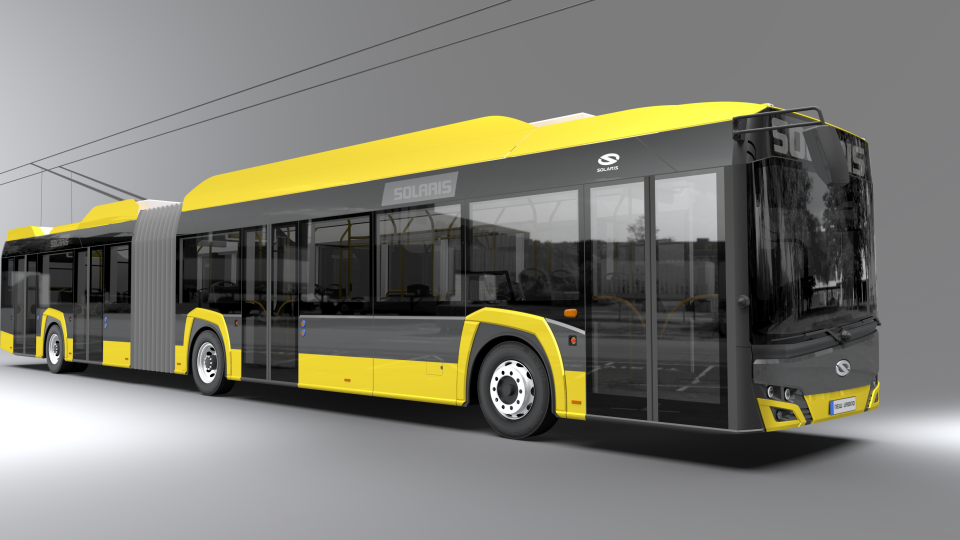News about Maiorca rail (and tram) network
The board of directors of the Serveis Ferroviaris de Mallorca (SFM) has awarded the contract for the construction of the extension of the M1 metro line in the island’s capital Palma, from the UIB station to Parc Bit, to a construction consortium consisting of the companies COMSA, TECSA, MAB and COEXA. The value of the […]
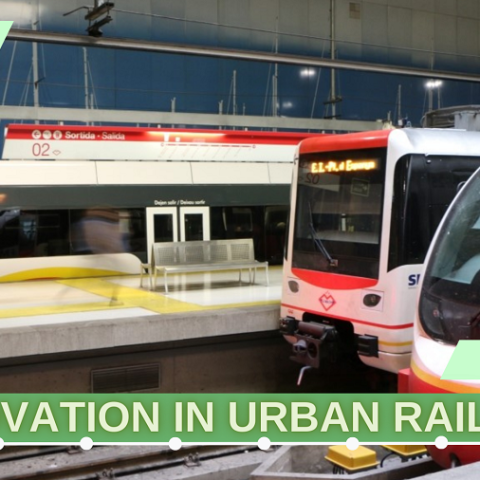
The board of directors of the Serveis Ferroviaris de Mallorca (SFM) has awarded the contract for the construction of the extension of the M1 metro line in the island’s capital Palma, from the UIB station to Parc Bit, to a construction consortium consisting of the companies COMSA, TECSA, MAB and COEXA.
The value of the work amounts to EUR 28.9 million, which will be largely financed by EU subsidies.
The entry into service of the first trains on the new extension is planned for the first half of 2024.
Very important and considered is the mobility topic for Palma de Mallorca, 416,000 inhabitants, almost half of the entire island, which has just over 900,000 inhabitants.
In addition to the historical tramway that connects the city of Palma with Soller, there is a narrow-gauge railway, mostly double-track and electrified, run by the new series 81 material, which connects Palma with Inca, so the line is divided into two single-track sections, which allow access to the two towns of Manacor and Sa Pobla. The metro network currently has two lines, both departing from the Estacio Intermodal in Palma, and has a total of 19 stations, with a network length of approximately 16 km. It is the smallest metro network in Spain.

The first line, 7.2 km long, orange in colour, with 9 stations, was opened on 25 April 2007, and its construction cost € 312 ml. From the Estacio Intermodal, line 1 of the metro reaches the UIB University Campus, and the first two stations (Jacint Verdaguer and Son Costa – Son Fortesa) but are shared with the railway line and line 2 of the metro. The line operate from Monday to Friday from 6 a.m. to 9.35 p.m., with a 20 minute frequency and saturday from 7.30 to 14.30, with a 30 – minute frequency.
Line 2, marked in red, was opened in 2013. It is about 8 km long, and in practice functions as an intensification of the urban section of the railway to Inca, and ends its journey at the Marratxi stop. The service is operated by SFM (Servicios Ferroviarios de Mallorca) and CTM (Consorcio de Transportes de Mallorca).
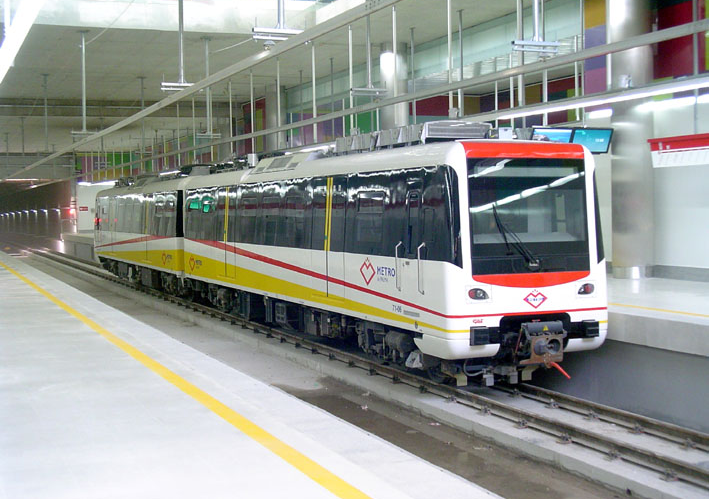
The metro service is provided by six double units, registered in the 71 series, built by CAF. The two-piece trains can carry 306 passengers, 232 standing and 74 seated, and reach speeds of 100 km/h. Although the metro provides a valuable service, in a context characterised by all kinds of mobility, both systematic and non-systematic, improvements are needed. The aim is to improve the use of the M1 metre-gauge line, expecting a 25% increase in passengers. Approximately 1 million passengers use the railway each year.
It was therefore decided to build the extension from UIB Parc BIT. The line extension will make it possible to get from the UIB to the Parc Bit in two minutes and from the centre of Palma in fifteen minutes. The new 1.4-kilometre line will run parallel to the northern access road from the UIB to Parc Bit for one km. and then turn south to reach the Parc Bit’s southern car park. This new section will be partly underground, partly in a trench and finally above ground.
Also, a significant improvement in the capacity utilisation of the M1 metro line could be brought about by an extension into the historic centre of Palma, although this is not currently planned.
Maiorca, the new tram line
In addition to the extension of the metro, the construction of a new tram line from the centre of Palma to the airport is moving into the active phase.
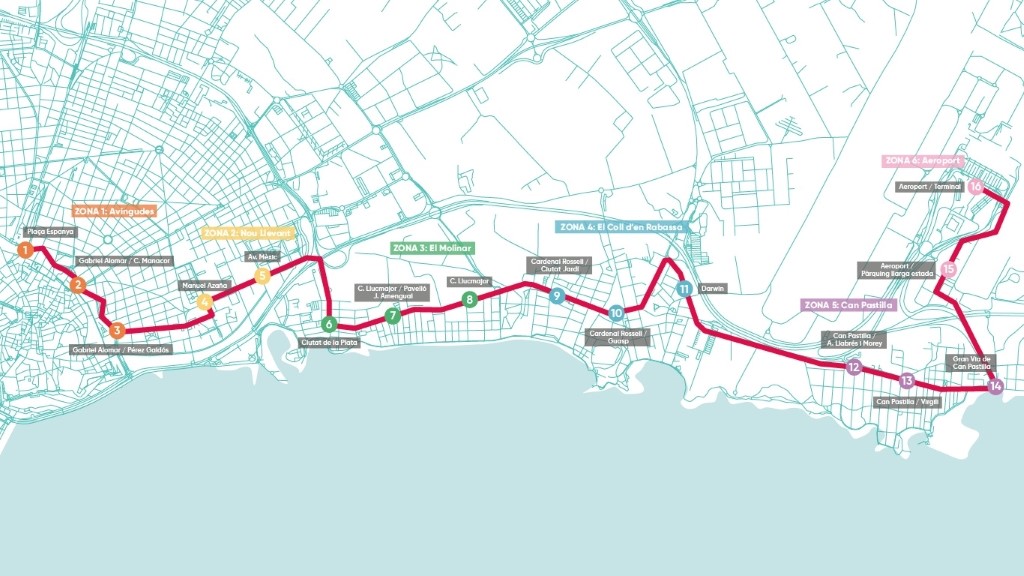
On 10 November 2022, Balearic Islands Prime Minister Francina Armengol and Spanish Transport Minister Raquel Sánchez agreed on the construction of the first line of a new low-floor tram system. This was made possible in large part by the commitment of the central government in Madrid to provide substantial EU funding for the 185 million euro project.
Very similar to the project abandoned in 2011, the first line will run from the central Plaça d’Espanya, on the outskirts of Palma’s city centre, through the beach districts and El Molinar to Can Pastilla and from there to Palma de Mallorca Airport. At Plaça d’Espanya there is a connection to the metro, the regional electric railway lines to Inca/Sa Pobla/Manacor and also to the historic intercity railway to Sóller.
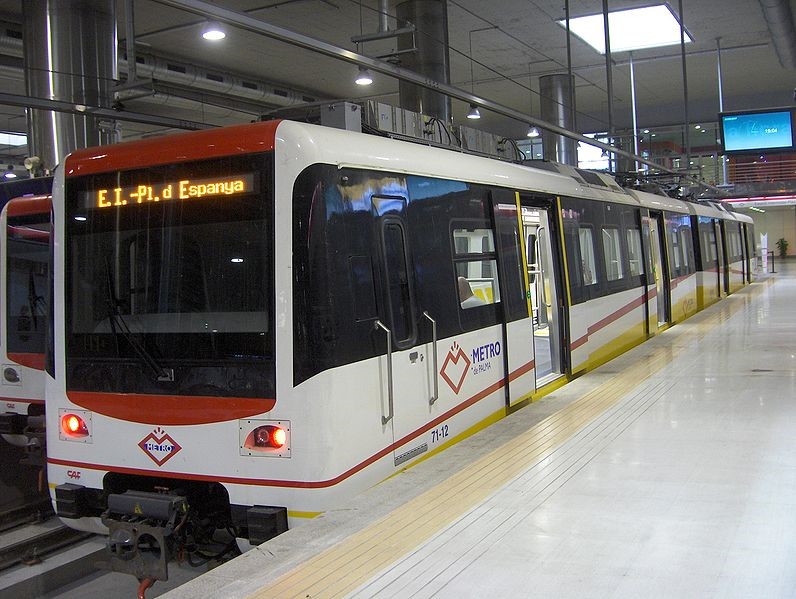
Several roadside sections are planned, obviously with preference given to signalling facilities, otherwise the line will run mainly on its own railway body. The line is planned to be double-tracked with standard gauge along its entire length. In addition, several bridges are required for integration in the area of the island capital’s main airport, and the terminus of the new railway is planned to be elevated at the main terminal after 11 km.
The construction details will be finalised shortly and the first tenders will be issued soon afterwards, so that construction can begin in 2023. For the rolling stock, trams with a length of around 35 to 36 metres are envisaged.
If all goes according to plan, the first new low-floor trams could run in Majorca in 2028.
The medium-term plans also include the construction of further lines on the Can Pastilla – l’Arenal de Llucmajor and Plaça d’Espanya – Hospital de Son Espases routes, which will require an additional EUR 65 million in funding. Let us hope that this time things will go ahead quickly and that the project will not be scuttled again by (some) political party, so that the new trains can contribute to a significant expansion of public transport in the Palma area.
by Stefano Alfano


